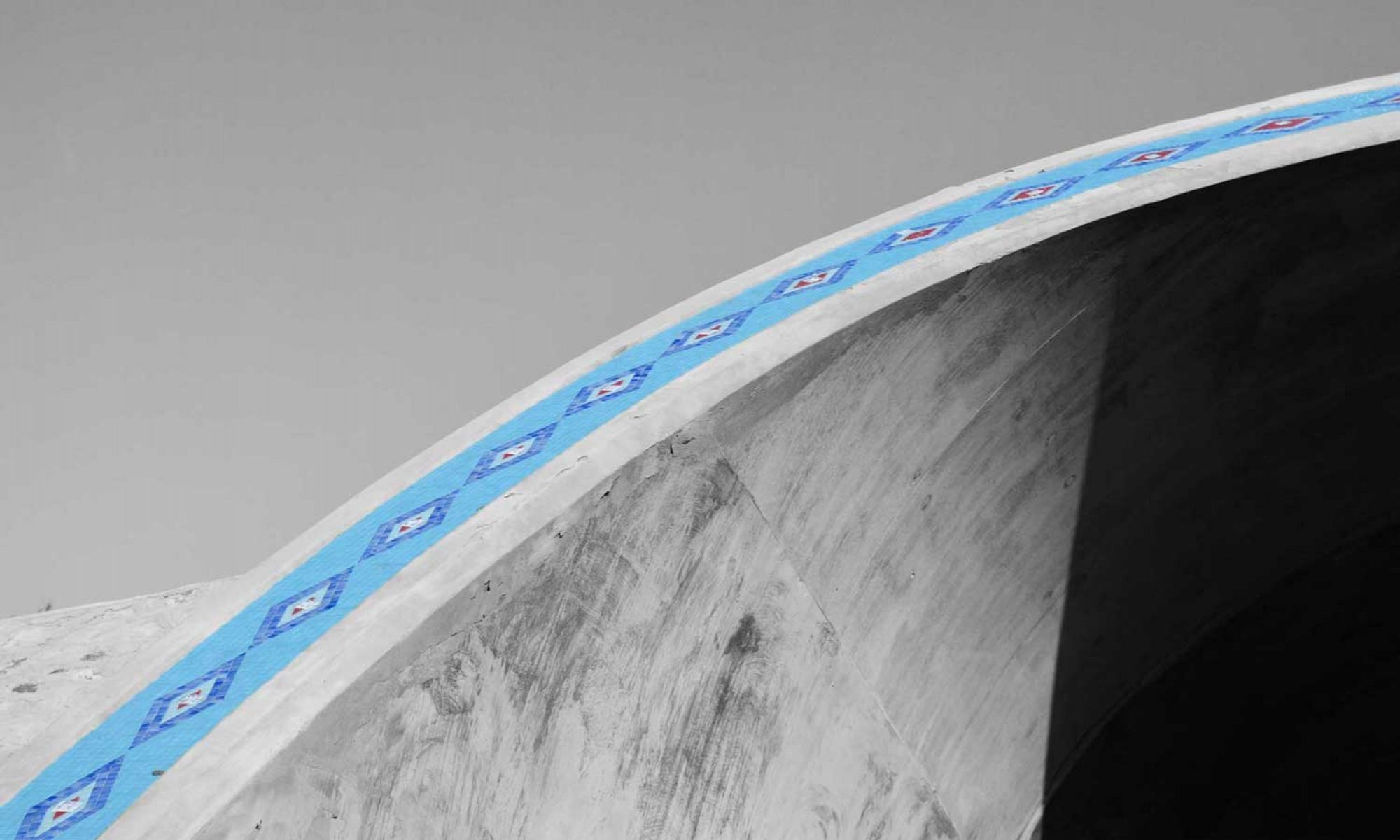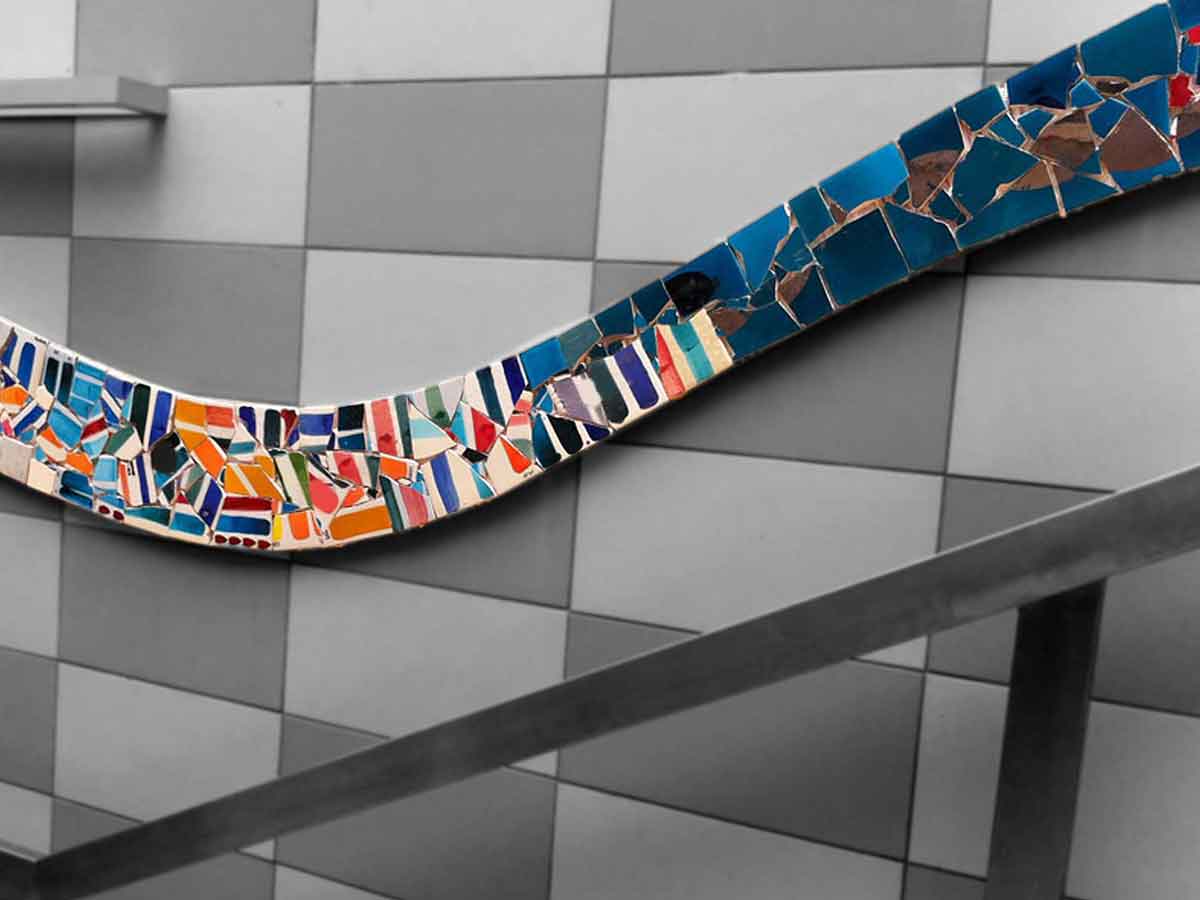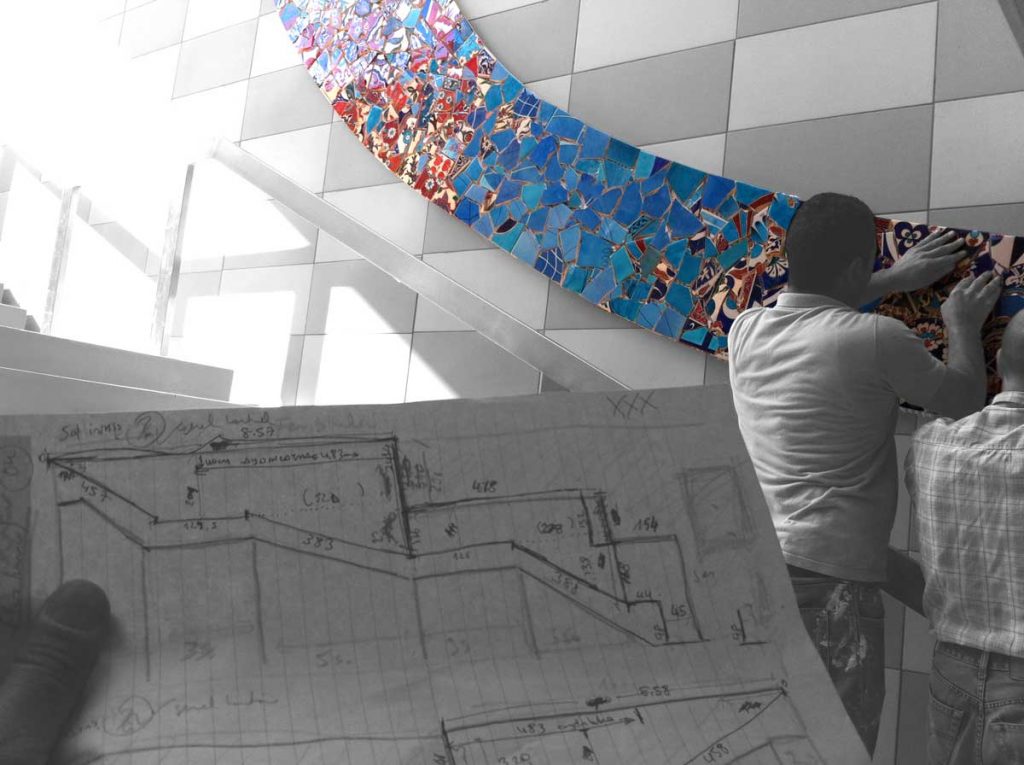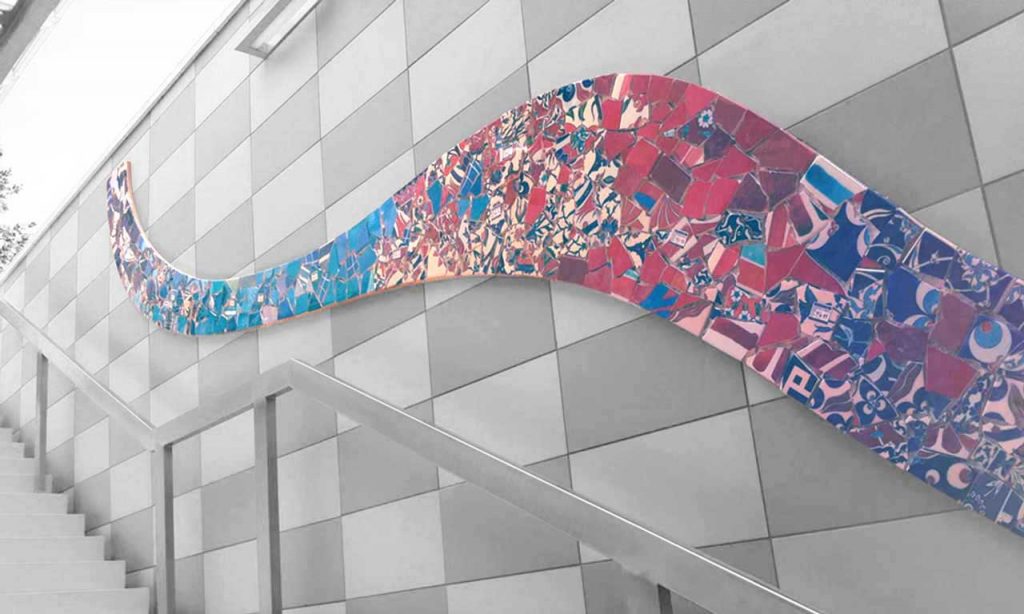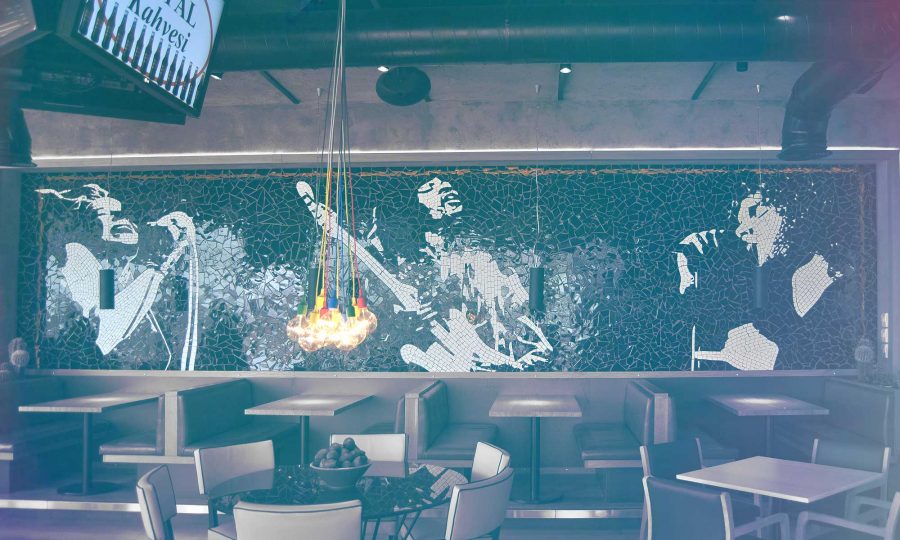"Interwoven beauty: engineering structures through mosaic art."
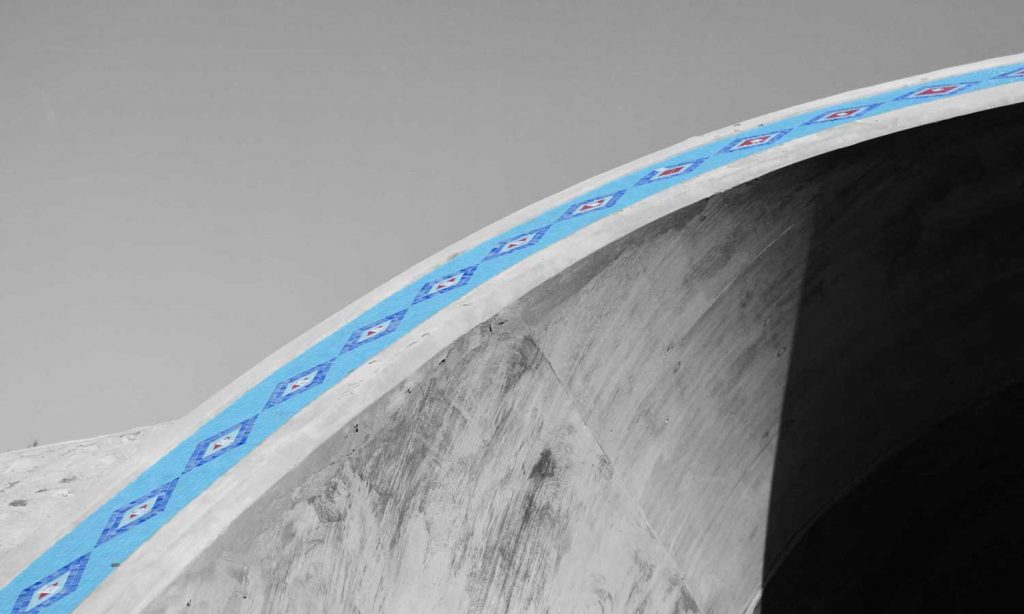
Artful transformation of engineering structures: Mosaic- Art in Construction
The fusion of art and engineering has ushered in a new era in the design of public spaces. In particular, the integration of mosaic art in engineering structures such as tunnels, suburban railway and subway stations has proven to be groundbreaking. This fusion of functionality and artistic expression not only gives the structures an impressive visual identity, but also enriches the urban environment in a remarkable way.
Mosaic art: a creative approach to engineering structures
Mosaic art has a long history as an expression of human creativity. The art of arranging small pieces of materials into a larger picture has now moved onto the stage of engineering structures. Tunnels, once perceived as dark and sterile passageways, are transformed into radiant art galleries through mosaic art. S-Bahn and subway stations become inspiring oases of color and form that turn travel into a visual pleasure.

The magic of mosaic art in the urban landscape
Cities are characterized by their architecture and public space. Mosaic art helps to enchant and enliven these environments. Designing engineering structures with mosaics allows them to reflect local culture, history and identity. These artworks tell stories, create conversation, and invite people to connect more deeply with their urban environment.

Unique combination of technology and art
The symbiosis of technology and art is clearly noticeable in Mosaik Kunst am Bau. Engineers and artists work hand in hand to combine technical requirements with aesthetic demands. Materials are carefully selected and placed to ensure both the robustness of the structure and the visual appeal of the artwork. This collaboration opens a gateway to innovation, where both artistic creativity and technical precision are equally valued.
A sustainable vision for the future
Mosaic art on buildings not only has short-term aesthetic impact, but also offers long-term benefits. The artwork creates an incentive to protect and appreciate public spaces. Careful integration of mosaics can help reduce vandalism and ensure sustainable preservation of artwork. This investment in visual aesthetics helps preserve the city's cultural heritage for generations to come.
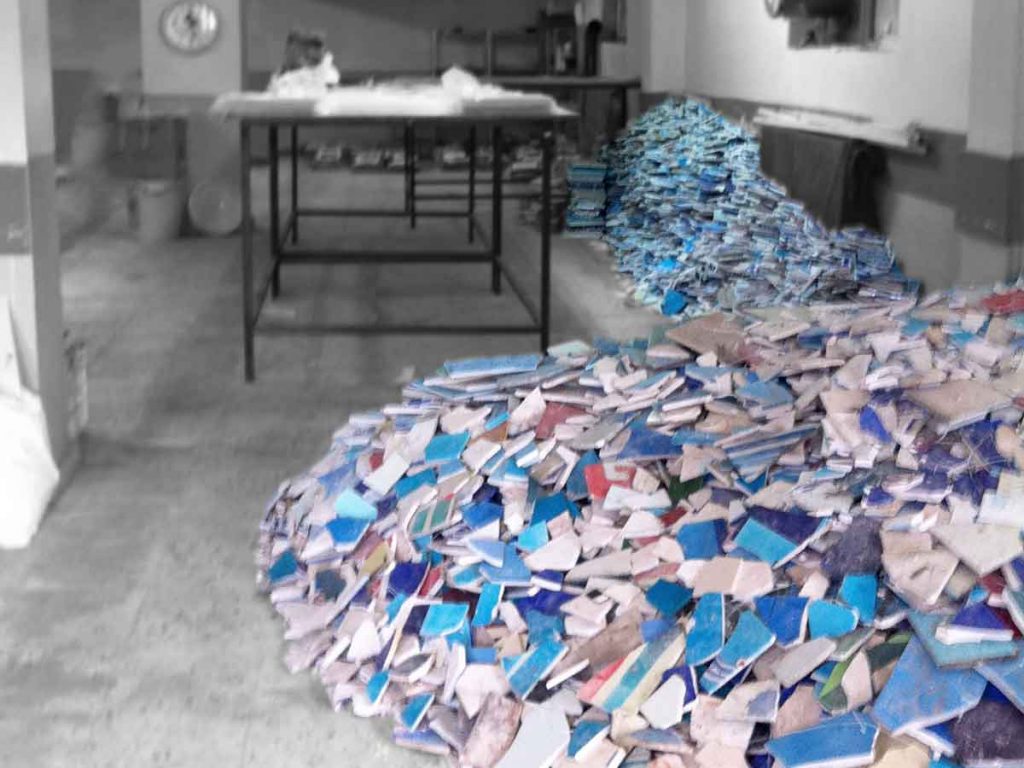
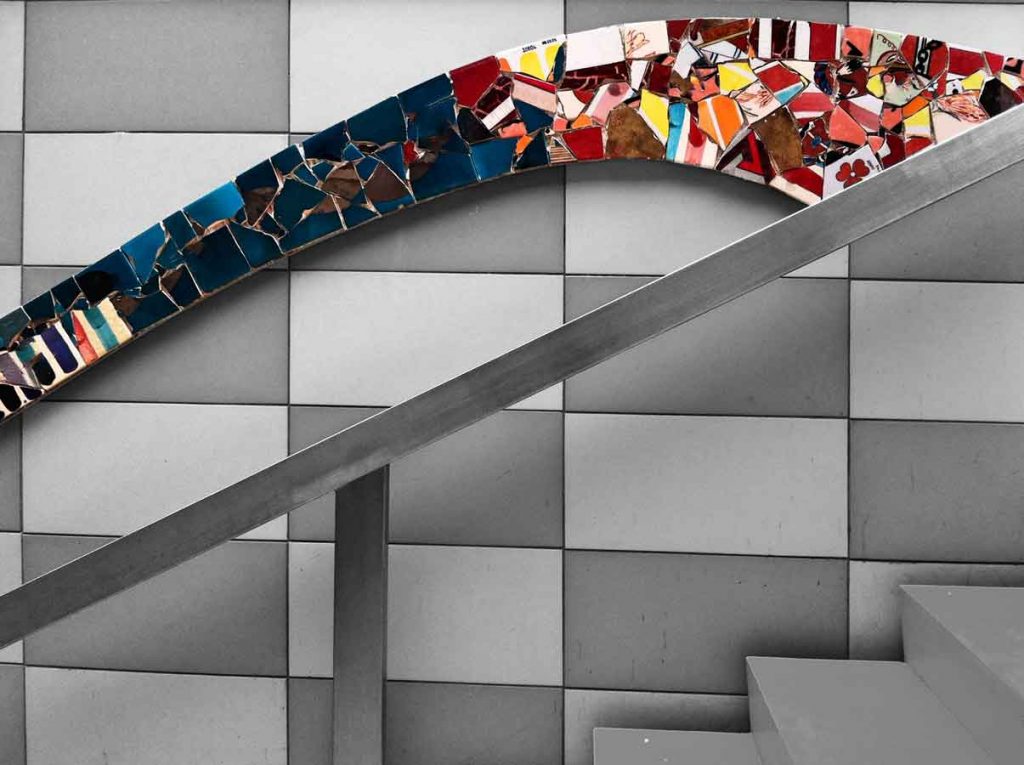
Final thoughts
The fusion of mosaic art and engineering at tunnels, suburban and subway stations is a remarkable development in the field of urban design. This creative partnership creates not only works of art, but also places of wonder, encounter and identification. Mosaic art changes the perception of public spaces and gives them a distinctive identity. At a time when collaboration between different disciplines is becoming increasingly important, Mosaic Art in Construction shows that combining technology and art can lead to something extraordinary - vibrant and inspiring pathways and stations that enrich the urban experience.
